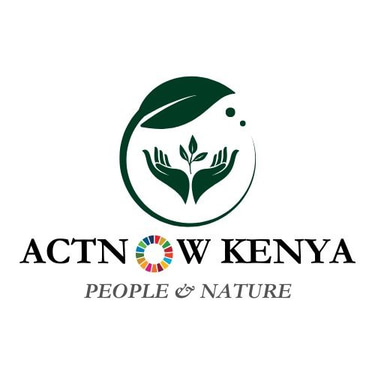The Mukogodo Ecosystem : Balancing Conservation and Livelihoods
Gideon Pirandoni
2/2/2025
Overview
Out of a total 372 gazetted forests, the Mukogodo is one of the nation’s few remaining dry forests reserve --- a mosaic of closed forest, open forest and open grasslands which covers a landmass of 30,189 Ha. The forest and surrounding group ranches are located in the core of Kenya’s Laikipia – Samburu ecosystem which hosts Kenya’s second highest density of wildlife including the highest concentration of elephant outside of protected areas. Mukogodo Forest hosts a critical corridor of regular elephant, buffalo and leopard movement between Samburu lowlands, the Laikipia plateau and Mt. Kenya Forest Reserve, is home to 45 mammal species, as well as around 200 bird and 100 butterfly species. For centuries, the Mukogodo provided the Yaaku — traditionally a hunter-gatherer community — with buffalo, hyrax, giraffe, and other animals, along with forest berries and honey. But they were evicted from their cave dwellings in the forest when the Kenyan government seized the Mukogodo and converted it into a forest reserve in 1932. In the decades that followed, the Yaaku acculturated with the pastoralist Maasai and Samburu and began livestock herding and small-scale farming following hunting ban by Kenyan government in 1977.
The Forest Act of 2005 granted the Yaaku rights to forest resources in the Mukogodo. In 2007, the government granted the Yaaku a greater role in forest stewardship under the Forest Management and Conservation Act as part of Kenya’s first participatory forest management effort (the Act is in accordance with Article 56 of Kenya’s Constitution, requiring the state to promote programs that ensure minorities and marginalized groups can “develop their cultural values, languages, and practices.”).
Mounting Pressures on Mukogodo
Each year, the Mukogodo Forest loses an estimated 383 hectares of tree cover—a trend that directly undermines the social, ecological, and economic fabric of the communities that depend on it. The Yaaku and other local communities now face a perfect storm of challenges: climate change, weakening traditional livelihoods, and growing land-use pressures. Encroachment and permanent settlements within the forest boundaries are on the rise, placing immense strain on the fragile ecosystem.
Key Drivers of Degradation:
Unsustainable logging for firewood and construction
Overgrazing by livestock, causing soil erosion and reduced vegetation
Frequent wildfires, often human-induced, hindering natural regeneration
Population pressure, leading to land-use conversion and fragmentation
Water mismanagement, exacerbating droughts and fueling resource conflicts
The Future of the Mukogodo Ecosystem
Safeguarding the Mukogodo Ecosystem requires multi-stakeholder cooperation and long-term commitment. Each year, a diverse coalition of partners—including the Food and Agriculture Organization (FAO), Ilmamusi Community Forest Association, the Laikipia County Government, ACTNOW KENYA, and other conservation groups—convene for the Mukogodo Walk Wild Event. This annual event raises awareness, promotes tree planting, and mobilizes conservation action among local communities and national stakeholders alike.
Quick tips: How you can contribute to the Mukogodo Forest Wild Walk!
Volunteer or donate to local reforestation initiatives
Advocate for policies that protect indigenous land rights and ecosystems
Support climate education and youth-led conservation clubs
Participate in community-led restoration events
Raise awareness on the importance of dryland forests like Mukogodo
The future of Mukogodo is inseparable from the future of its people. For the Yaaku and other indigenous communities, forest degradation is not just an environmental issue—it threatens their cultural identity, traditional knowledge systems, and economic resilience. It’s time to act—together—through participatory reforestation activities and community-led environmental stewardship in restoring balance to the Mukogodo Ecosystem and secure its legacy for generations to come.
Highlights;
311,496ha - Restoration opportunities within the Mukogodo ecosystem
363ha - of annual tree cover in the Mukogodo Forest
“We won't have a society if we destroy the environment.”
— Margaret Mead, Cultural Anthropologist
Mukogodo Forest Annual Walk Wild Gallery
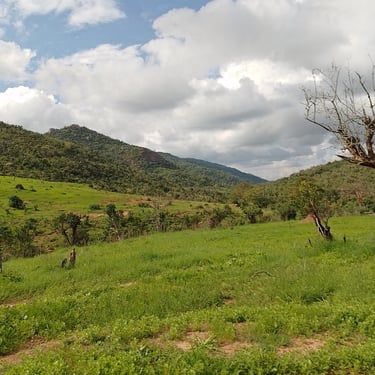
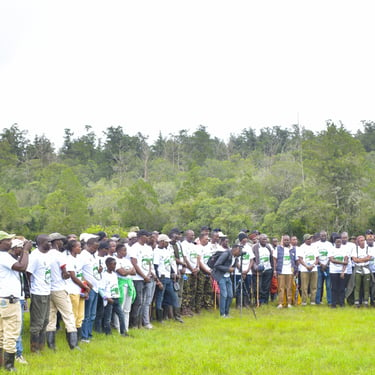
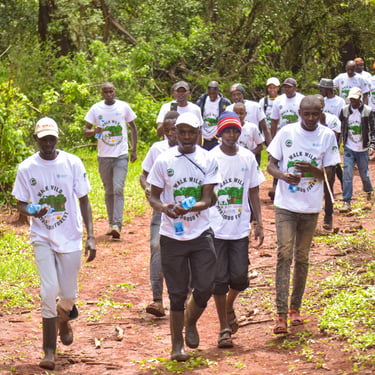
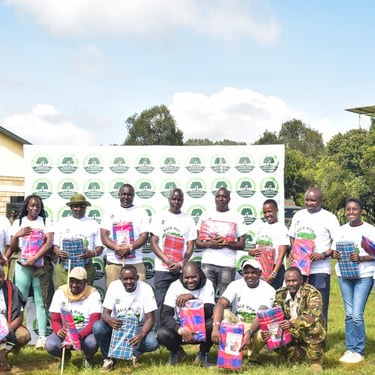
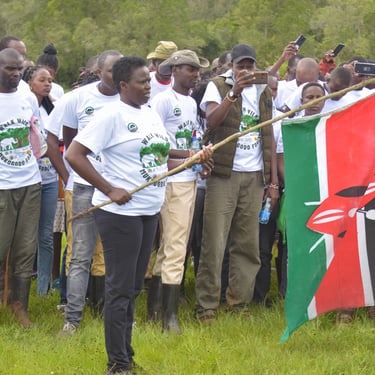
ACTNOW KENYA is a registered community based organization under the Income Tax Act (Cap 470), Section 13(2) of Kenya. Your donations are tax exempt. Gift are deductible subject to allowable country laws.
© 2025. All rights reserved.
